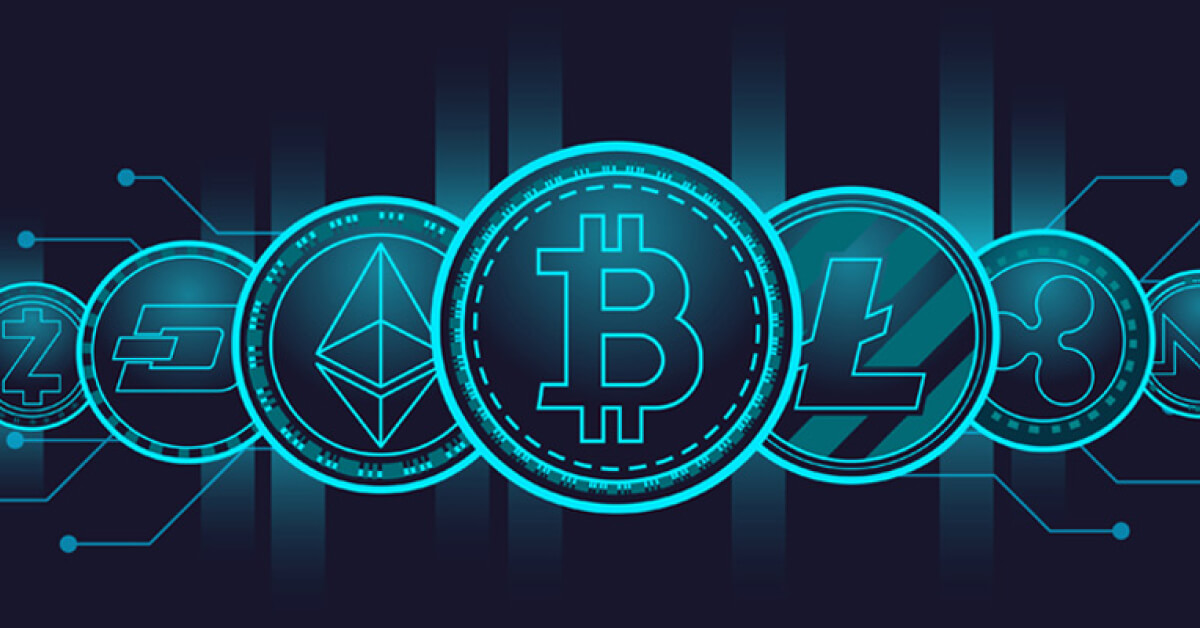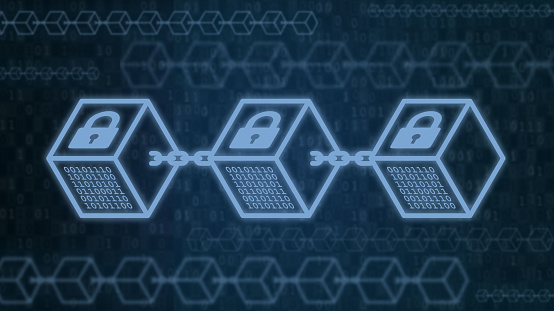Decoding Blockchain: Understanding the Basics of this Revolutionary Technology
A blockchain is a distributed database or ledger that is shared among nodes in a computer network. It is mainly known for its crucial role in cryptocurrency systems for maintaining a secure and decentralized record of transactions. However, blockchains can be used in any industry to make data immutable, meaning it cannot be altered. This reduces the need for trusted third parties, such as auditors or other humans, and reduces costs and potential mistakes. Since Bitcoin's introduction in 2009, blockchain uses have expanded, including decentralized finance (DeFi) applications, non-fungible tokens (NFTs), and smart contracts.
Unraveling the Mystery: Understanding How Blockchain Technology Works
A blockchain is a database where information is entered and stored, but with a key difference from traditional databases: how the data is structured and accessed. The blockchain is distributed, meaning multiple copies are saved on many machines, and they must all match for it to be valid. Transaction information is collected and entered into a block, which is then encrypted with an encryption algorithm, creating a hexadecimal number called the hash. The hash is then entered into the following block header and encrypted with the other information in the block, creating a series of blocks that are chained together. This unique structure and encryption make the blockchain secure, transparent, and immutable, allowing for a wide range of potential applications beyond cryptocurrencies.
Transaction Process
Blockchain transactions follow a specific process, which varies depending on the blockchain they are taking place on. For instance, on Bitcoin's blockchain, when you initiate a transaction using your cryptocurrency wallet, it starts a sequence of events.
The transaction is first sent to a memory pool, where it is stored and queued until a miner or validator picks it up. The miners or validators compete to solve a mathematical puzzle related to the block of transactions. Once the puzzle is solved, the block is closed and encrypted using an encryption algorithm. The miner who solves the puzzle and successfully adds the block to the blockchain receives a reward in the form of newly minted cryptocurrency.
The process of mining not only ensures that the transaction is verified and added to the blockchain but also adds to the security and immutability of the blockchain. The encryption algorithm used in the process makes it extremely difficult, if not impossible, for someone to alter the block's contents once it has been added to the blockchain.
Once the block is added to the blockchain, the transaction is complete, and the parties involved can confirm that the transaction has taken place. The information stored on the blockchain is also accessible to anyone, providing transparency and accountability to the transaction.
The process described here is specific to Bitcoin's blockchain, but other blockchains may have variations in their transaction processes. Nevertheless, the underlying principles of encryption, mining, and verification are fundamental to all blockchains, making them secure and transparent databases for transactions and other data.
 |
| Bitcoin |
Blockchain is a technology that allows data to be distributed across multiple network nodes, ensuring redundancy and maintaining the integrity of the data. In a blockchain, if someone tries to alter a record at one instance of the database, the other nodes prevent it from happening. This way, no single node within the network can alter the information held within it, which results in transparency and security.
Blockchain technology achieves decentralized security and trust in several ways, including storing new blocks linearly and chronologically, and using encryption to secure records. Not all blockchains are 100% secure as vulnerabilities in the coding can be exploited, and 51% attacks can occur.
The Bitcoin blockchain, the first real-world application of blockchain technology, uses blockchain as a means to transparently record a ledger of payments or other transactions between parties. However, blockchain can be used to immutably record any number of data points, including legal contracts, state identifications, and a company's inventory.
Blockchain technology has been touted as a disruptive force in the finance sector, especially with the functions of payments and banking. However, banks and decentralized blockchains are vastly different.







1 Comments
vulnerabilities in the coding can be exploited, and 51% attacks can occur
ReplyDelete